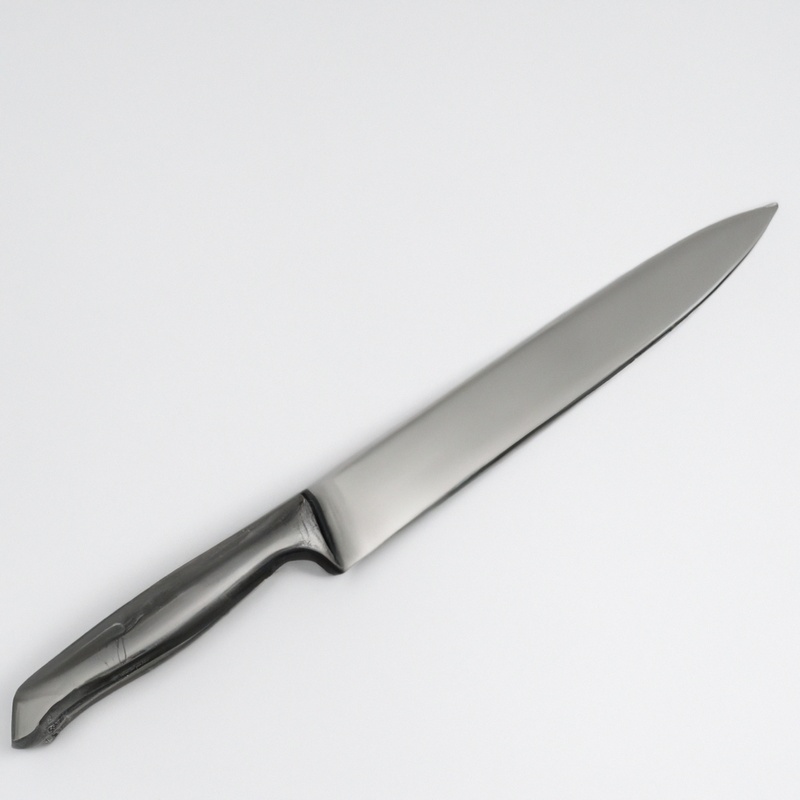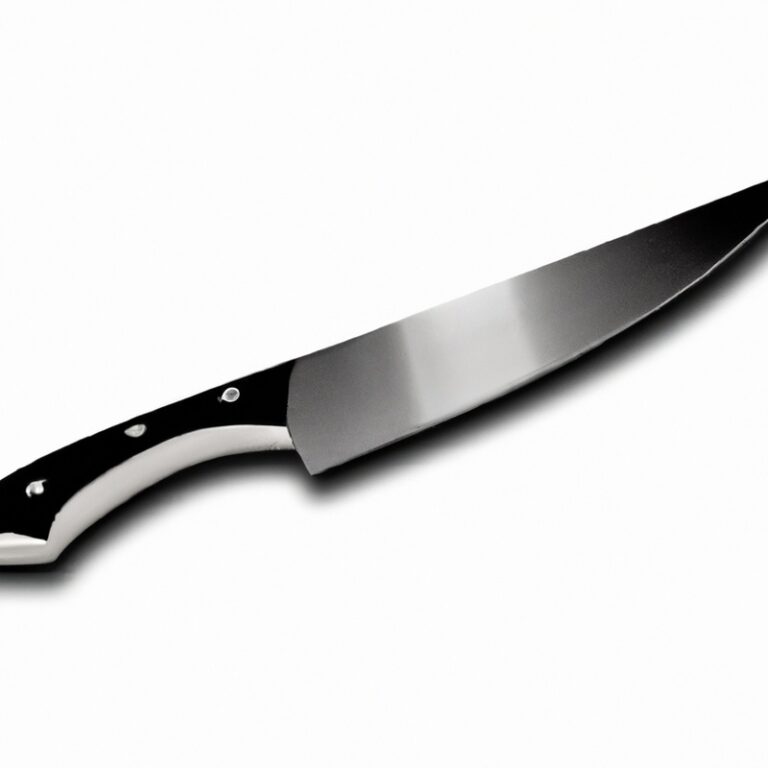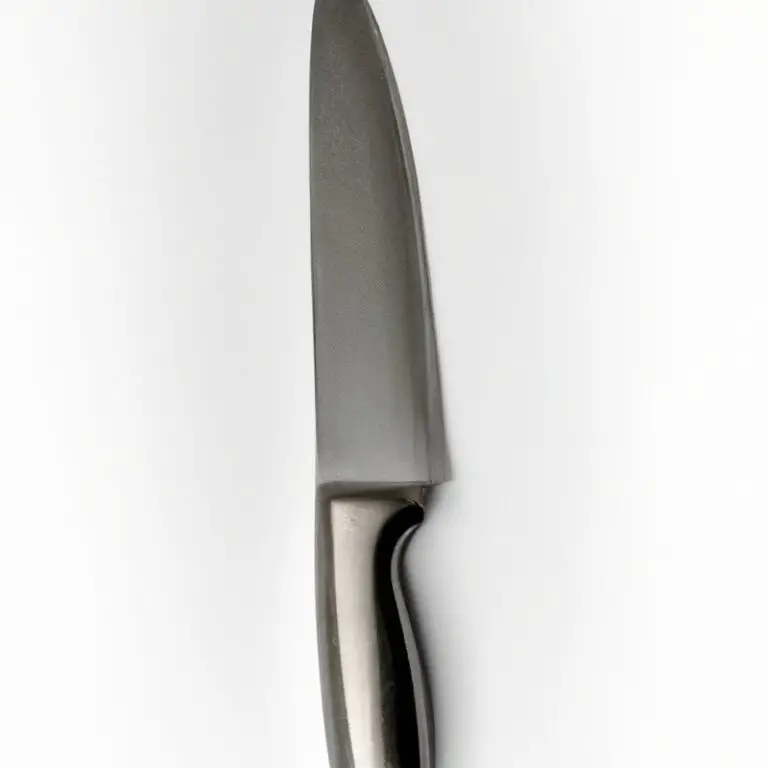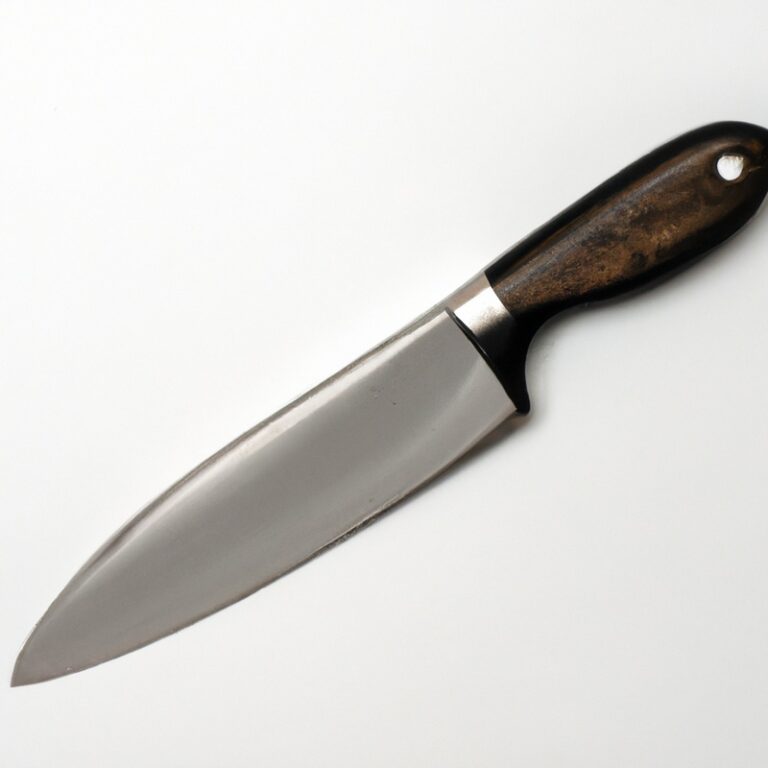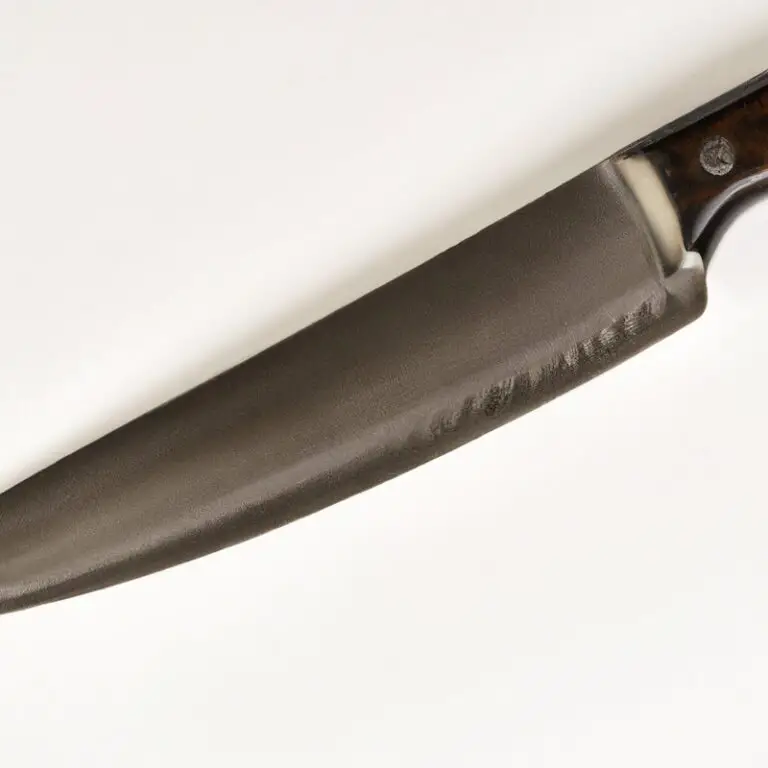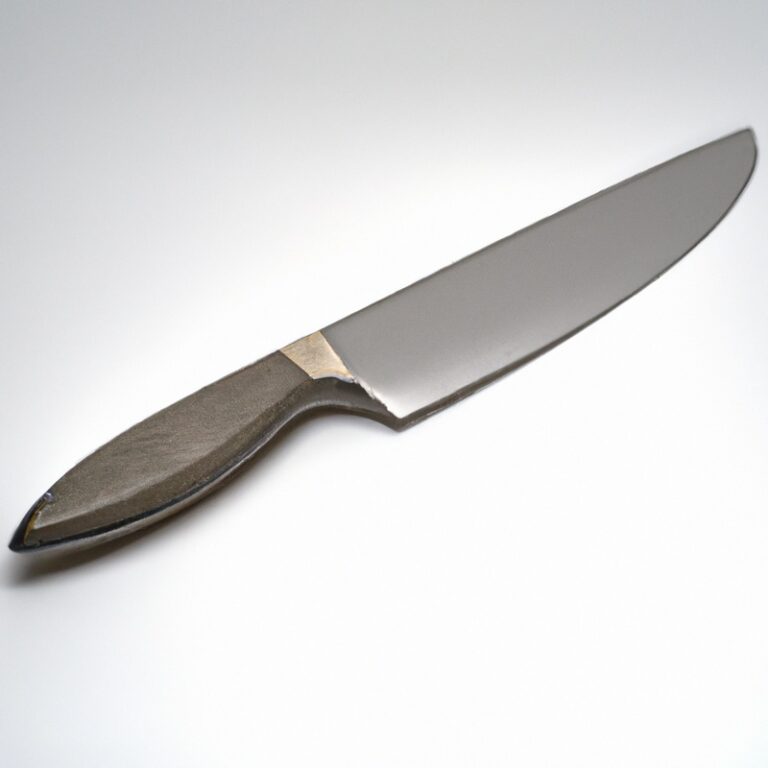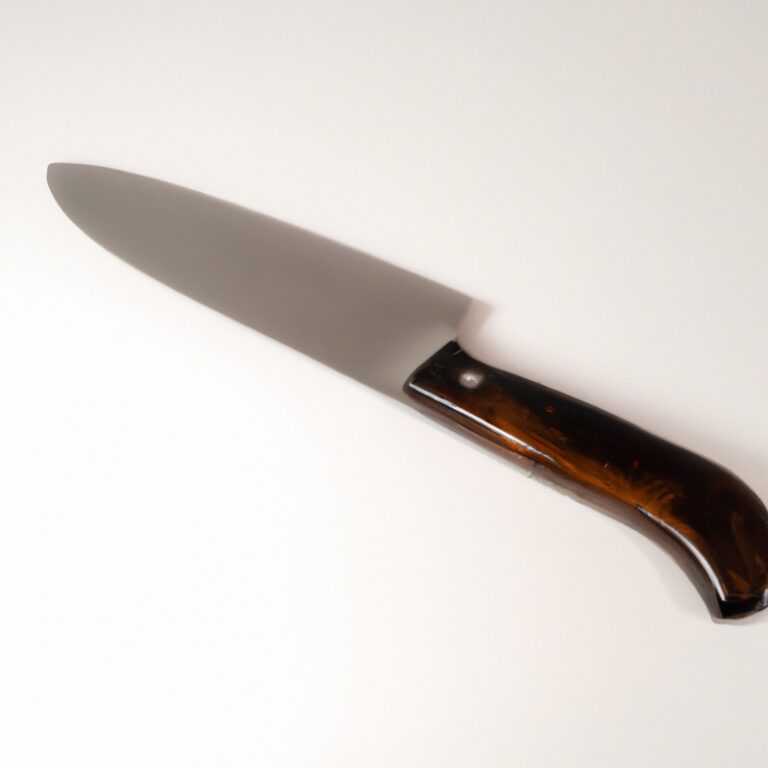How To Fillet a Bass Using a Fillet Knife? Master The Technique Effortlessly
Key Takeaways:
- A sharp fillet knife is crucial for successfully filleting a bass.
- The proper technique involves making precise cuts along the spine and removing the skin.
- Practice and patience are key to becoming proficient at filleting bass.
- Freshly caught bass provide the best results when filleting.
There’s something satisfying about catching a fish and filleting it yourself. But if you’re new to the game, the process can seem daunting.
That’s why I’m here to guide you through the process of filleting a bass using a fillet knife.
We’ll cover everything from choosing the right knife to cooking up your freshly filleted fish. By the end of this article, you’ll have the confidence and skills to fillet a bass like a pro.
So, let’s dive in!
| Tools | Steps |
|---|---|
| Fillet knife | 1. Place the bass on a flat surface with the belly facing up. |
| Cutting board | 2. Make a straight cut behind the gills, down to the backbone. |
| Trash bag | 3. Insert the knife’s tip into the fish’s skin at the top of the cut and slice down towards the tail, following the backbone. |
| Bowl of ice water | 4. Turn the bass over and repeat the same process, slicing from the top to the tail on the other side of the backbone. |
| Tweezers/pliers | 5. Remove any remaining bones or rib cage with tweezers or pliers. |
| Paper towels | 6. Rinse the fillets in cold water, pat them dry with paper towels, and store them in the refrigerator or cooler. |
Choosing the Right Fillet Knife for Bass Filleting
When it comes to choosing the right fillet knife for bass filleting, there are a few key factors to consider. First of all, the blade of the knife should be flexible, sharp, and have a narrow tip for precision cuts.
A blade length of 6-8 inches is ideal for bass filleting.
The knife handle should be comfortable to grip and provide good control over the blade. A non-slip grip is also a plus, as it helps prevent the knife from slipping during filleting.
Stainless steel blades are recommended as they are easy to clean and resist rust and corrosion.
It’s also essential to choose a high-quality knife from a trusted brand that will last long and perform well. Investing in a good fillet knife is crucial for successful bass filleting.
A quality knife will not only make the filleting process easier and quicker but also ensure that the fillets come out clean and uniform.
Preparing the Bass for Filleting: Tips and Tricks
Before you start filleting your bass, it’s essential to prepare it properly. Here are some tips and tricks to help you prepare your bass for filleting:
- Keep the fish cold: Store your bass on ice until you’re ready to start filleting. Fish that is kept cold is easier to handle and will be fresher once cooked.
- Use a clean surface: Make sure to clean your cutting surface before placing your bass on it. A clean surface will reduce the chances of bacteria spread and contamination.
- Remove the scales: Use a scaler or the back of a knife to remove the scales from the bass. Start at the tail and work towards the head.
- Gut the fish: Cut the belly of the bass from the anus to the base of the head, removing the internal organs.
- Rinse the fish: Rinse the fish thoroughly inside and out with cold water.
Following these tips and tricks will ensure that you get the best possible fillets from your bass. Proper preparation is key to a successful bass filleting experience.
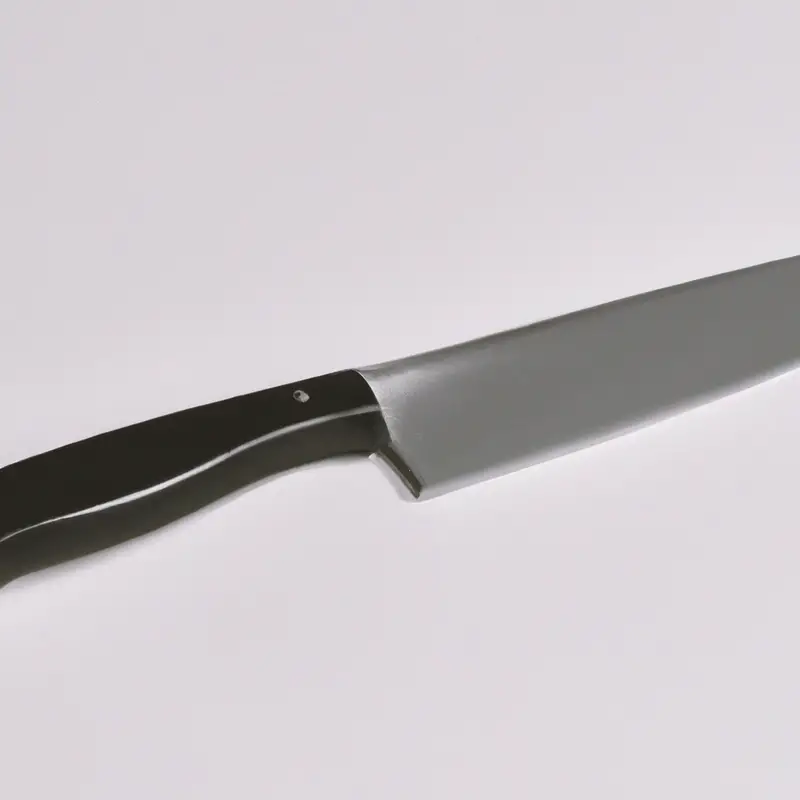
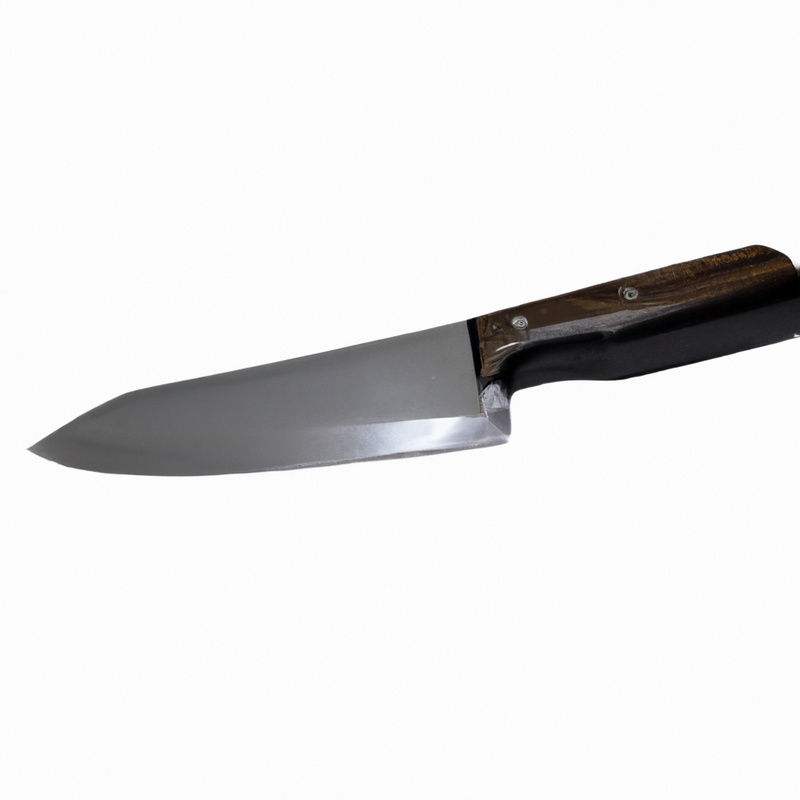
Removing the Head and Gutting the Fish
To remove the head of the bass, place the fish on a flat surface and hold it firmly with one hand while using a fillet knife to cut through the flesh just behind the gills. Next, make an incision from the opening created by removing the head down to the anus.
Be careful not to cut too deep or puncture any of the internal organs.
To remove the guts, reach inside the bass and gently pull them out. Discard the guts and rinse the bass thoroughly under cold water to remove any remaining blood or debris.
Gutting a fish can be messy, so be sure to wear gloves, and work on a clean surface that’s easy to wash.
Once the head and guts are removed, you’re ready to move on to the next step: removing the scales and preparing the fillet.
Removing the Scales and Preparing the Fillet
After gutting the bass, you need to remove the scales before filleting. The scales are thin and slippery, so a firm grip and proper technique are essential.
You can use a fish scaler, the back of a knife, or even a spoon to scrape the scales.
Start from the tail and work towards the head, using short and quick strokes. Make sure to remove all the scales and rinse the fish thoroughly.
Once the fish is descaled, it’s time to prepare the fillet.
Starting from the head, gently guide the fillet knife towards the backbone following the contour of the fish. Use a smooth sawing motion to cut through the ribs and release the fillet.
Turn the fish and repeat the process to obtain the second fillet.
Trim any excess fat or bones from the fillets and rinse with cold water. Your bass fillets are now ready for cooking or storage.
Cutting the Fillet from the Bass: Step-by-Step Guide
To cut the fillet from the bass, follow these steps:
- Make a cut behind the gills and pectoral fin down to the spine.
- Insert the knife blade at the top of the fish’s backbone near the head.
- Run the knife blade down to the tail, following the contour of the fish’s bones.
- Once the fillet is free from the bones, flip the fish over and repeat on the other side.
- Trim any remaining bones or skin from the fillets.
It’s important to use a sharp fillet knife and work carefully to avoid any waste of the meat or injury. By following these steps, you can successfully cut the fillet from the bass for cooking or storage.
Removing the Rib Bones from the Fillet
To remove rib bones from the bass fillet, begin by placing the fillet skin-side down on a cutting board. With a sharp fillet knife, locate the rib bones by running your fingers along the edge of the fillet.
Make a small incision next to the bones and gently insert the blade between the ribs and the flesh.
Work slowly and carefully to remove the bones, ensuring that you don’t damage the fillet. Use the natural contours of the fish to guide the knife and apply gentle pressure to cut through the bones.
Work along the entire length of the fillet until all the ribs have been removed.
It may be helpful to use kitchen scissors or tweezers to remove any smaller bones that remain. Once the rib bones have been removed, carefully check the fillet for any remaining bones before proceeding to the next step.
Note that removing rib bones from the fillet can be challenging for beginners, but with practice and patience, it becomes easier.
Always use a sharp fillet knife and take your time to avoid damaging the fillet or injuring yourself.
Removing the Skin from the Bass Fillet: Tricks for a Perfect Job
To remove the skin from the bass fillet, start by holding the tail end of the fillet firmly with one hand and using your fillet knife to make a small cut between the skin and flesh. Then, angle your knife blade slightly towards the skin and slide it gently along the fillet, keeping it as close to the skin as possible.
Pull the skin gently with your other hand to keep it taut.
Repeat this process until all the skin has been removed. For a perfect job, it’s important to use a very sharp knife and maintain a steady hand.
If you’re having trouble, try placing the fillet skin-side down on a cutting board to stabilize it.
Once the skin has been removed, you’re ready to clean, store, or cook your bass fillet as desired.
Cleaning and Storing the Bass Fillets Properly
Cleaning and storing your bass fillets properly is crucial to ensure they maintain their freshness and flavor. After filleting your bass, rinse the fillets with cold water to remove any leftover scales or debris, and pat them dry with paper towels.
Next, check for any remaining bones, and use tweezers to remove them.
If you plan to freeze the fillets, wrap them tightly in plastic wrap or vacuum seal them to prevent freezer burn. Label them with the date and place them in the freezer, they will last for up to six months.
If you choose to refrigerate them, place them in an airtight container or a resealable plastic bag and store them in the coldest part of your fridge, usually in the back.
The fillets should be consumed within two days. Always thoroughly clean and sanitize your fillet knife after use, and store it in a sheath or protective cover to maintain its sharpness and longevity.
By following these simple steps, you can enjoy delicious, fresh bass fillets whenever you desire.
Cooking Delicious Bass Fillets: Ideas and Recipes
Cooking bass fillets is an art that requires some practice and know-how. There are numerous ways to cook mouthwatering bass fillets, and some of the most popular options include: pan-frying, grilling, baking, and poaching.
One simple and delectable recipe involves marinating the fillets in a combination of lemon juice, olive oil, minced garlic, and fresh herbs before grilling or baking them.
Another tasty method involves coating the fillets with a mixture of cornmeal, flour, and spices and frying them until crispy. For a healthier option, you can try poaching the fillets in a flavorful broth until they are cooked through, and serving them with roasted vegetables or a light sauce.
No matter what method you choose, it’s essential to ensure that the bass fillets are cooked completely before consuming.
Furthermore, feel free to experiment with various recipes and flavor combinations to discover the perfect recipe that suits both your taste buds and cooking style.
Tips for Maintaining Your Fillet Knife for Long-lasting Performance
Proper maintenance of your fillet knife is crucial to keep it functioning for a long time. Here are some tips to maintain your fillet knife for long-lasting performance:
1. Clean your fillet knife after every use
It’s essential to clean your fillet knife after every use. Use warm, soapy water to remove any traces of debris, fish scales, or blood.
Rinse the blade thoroughly, and dry it with a clean towel.
2. Sharpen your fillet knife regularly
Maintaining a sharp edge is necessary to get a clean cut while filleting a fish. You can use a whetstone to sharpen the blade.
Sharpening angle should be 20-25 degrees.
3. Store your fillet knife properly
After cleaning and drying the blade, store it in a dry place. Using a knife sheath is a good option to keep the blade protected and avoid any accidental cuts.
4. Protect your fillet knife from rust
Moisture can cause rust on the blade, so it’s essential to keep the blade clean and dry. You can use a rust protector to prevent rust from forming on the blade.
By following these simple tips, you can keep your fillet knife in excellent condition and maintain its long-lasting performance.
Final Verdict
Filleting a bass using a fillet knife may seem intimidating at first, but with the right technique and accompanying tools, it can be a simple and rewarding process. Remember to choose the right fillet knife, properly prepare the fish, and follow the step-by-step guide for cutting and cleaning the fillet.
By properly maintaining your fillet knife, you can ensure its long-lasting performance for future fish filleting endeavors.
For delicious meals, explore various recipes and cooking methods for your bass fillets. With these tips and tricks, you can fillet and cook a delicious meal that will impress your friends and family.
Trust and credibility are paramount when it comes to food preparation, and by following this guide, you can feel confident and knowledgeable in your bass filleting abilities.

